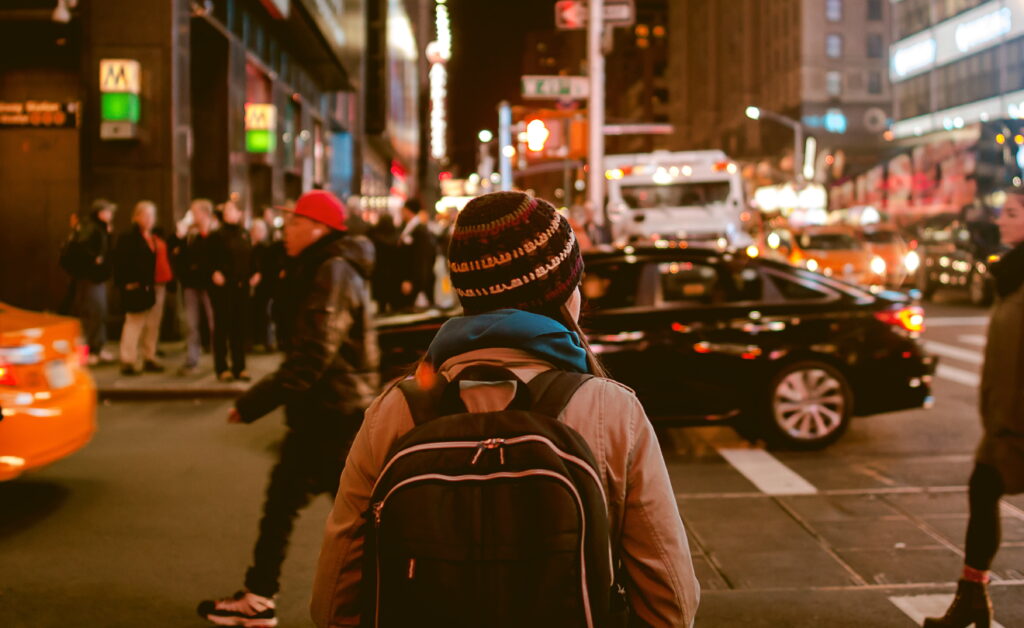
The February 4th vote in Paris, which led to the tripling of SUV parking fees, symbolizes a broader trend in France where cities aim to reduce car dominance and bolster pedestrian, cycling, and public transport infrastructures. Although walking accounted for an average of 23.7% of travel in France in 2019, and even 38% in the Paris region, rural areas lagged behind with only 13% of trips made on foot. Despite these significant figures, pedestrians remain overlooked in urban mobility policies, a discrepancy highlighted during the COVID-19 pandemic, which reshaped the urban landscape by emphasizing pedestrian needs.
Pedestrians: The Neglected Pillars of Mobility Policies
Walking, a universally accessible and sustainable mode of transport, is often treated as an afterthought in urban planning. The prevailing design hierarchy prioritizes cars, followed by cycling lanes, with pedestrian infrastructure relegated to a lower tier. Financial allocations echo this imbalance, despite walking being crucial for connecting various transport modes and its benefits for physical and mental health. Notably, the diversity of pedestrians—spanning from the elderly and parents with strollers to travelers with luggage and children—further emphasizes the need for inclusive planning.
Statistics from a 2015 report by the Institut de Veille Sanitaire show that nearly 50% of children are driven to school, marking a stark contrast to past generations who would walk alone for up to three kilometers. Addressing this gap in urban design can foster spaces that accommodate everyone, from the most vulnerable to the general public.
Beyond Major Cities: A Widespread Challenge
France’s Agence de la transition écologique (Ademe) responded to these challenges with its guide “À pied d’œuvre,” encouraging municipalities to prioritize pedestrians in urban strategies. This focus isn’t just for metropolitan areas with extensive transport alternatives but extends to smaller, rural, and peri-urban communities. In 2023, Ademe launched a call for pedestrian-focused project proposals, resulting in 75 selected regions receiving financial support to develop pedestrian-friendly initiatives.
Rethinking Urban Design: The Street-Level Perspective
Approaching urban planning from the pedestrian’s viewpoint, rather than starting with strategic territorial planning centered around cars, allows for a more inclusive cityscape. Initiatives like “school streets”—temporary pedestrian zones during school opening and closing times—are thriving across Europe, showing how pedestrian-focused design can prioritize safety and promote walking, cycling, and scootering over driving.
Urban enhancements that cater to pedestrians include greening streets, reducing traffic speeds, marking pedestrian crossings, and using public art to create more appealing environments. These modifications not only increase walkability but rejuvenate cities, making them more attractive and vibrant.
Creating Desirable Cities
The dominance of cars has negatively impacted local commerce, especially in rural and peri-urban areas, favoring large commercial zones over neighborhood shops. However, studies, such as those conducted in Cahors, demonstrate that pedestrian zones can thrive when business owners recognize that most customers don’t arrive by car. Walking’s numerous benefits extend beyond space efficiency; it promotes health, improves air quality, reduces greenhouse gas emissions and noise, supports local commerce, and enhances public safety.
Towards an Inclusive Urban Future
Policies promoting walkable cities yield broader benefits: they address public health, reduce pollution, boost urban appeal, and foster inclusivity. Notably, gender disparities in public space usage highlight the importance of this shift. As sociologist Clément Rivière pointed out in an October 18, 2023, France Inter broadcast, girls are more confined than boys and less likely to go to school or play outside unaccompanied, reflecting adult behaviors and attitudes towards public space.
Architect Anne-Sophie Kehr echoed this in the same broadcast, emphasizing that cities have historically been designed by and for men, marginalizing women’s experiences in public spaces. Addressing pedestrian needs does not mean eliminating cars but requires reevaluating their dominance—particularly as they currently occupy an estimated 50-80% of urban public space.
The challenge is to “invert the pyramid” by reallocating space and financial resources to transport modes that serve the greater public interest. For more on this topic, visit the source article.

